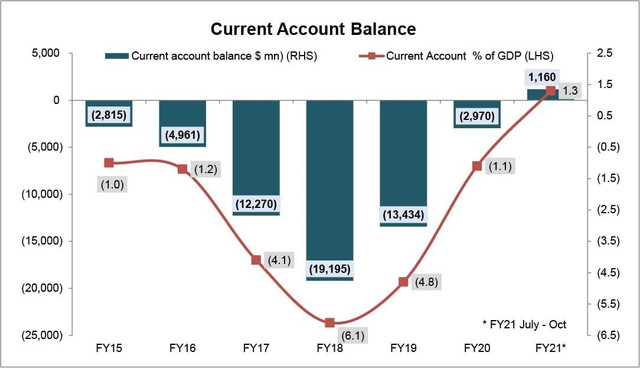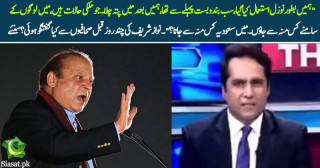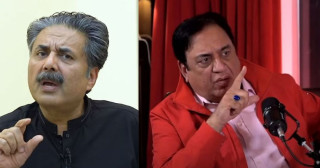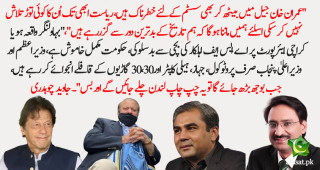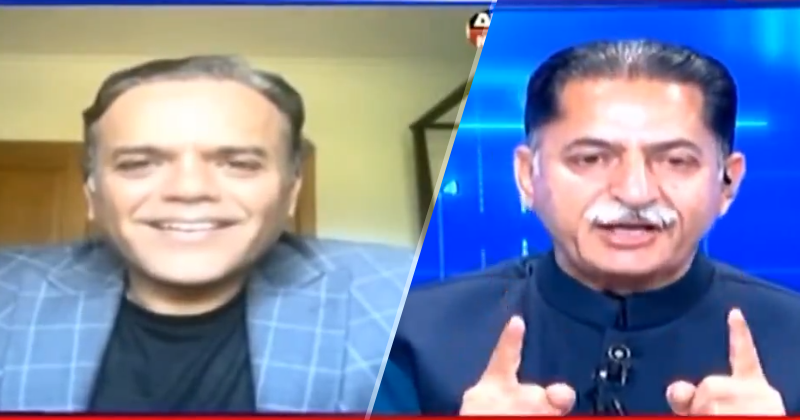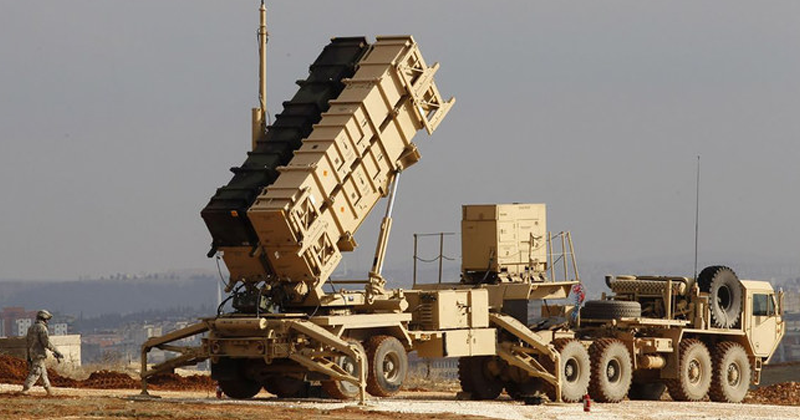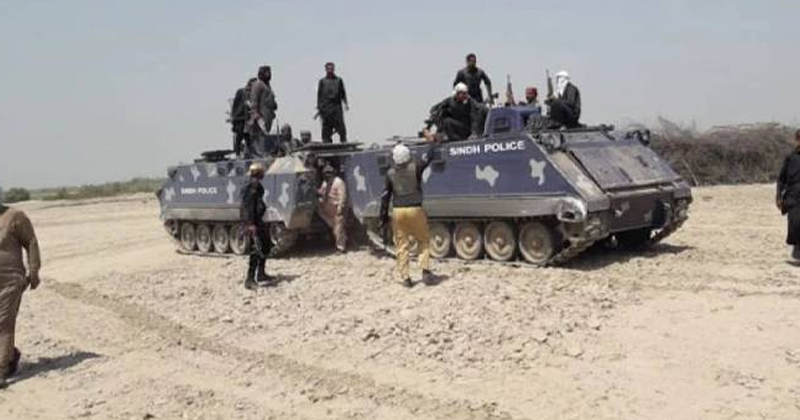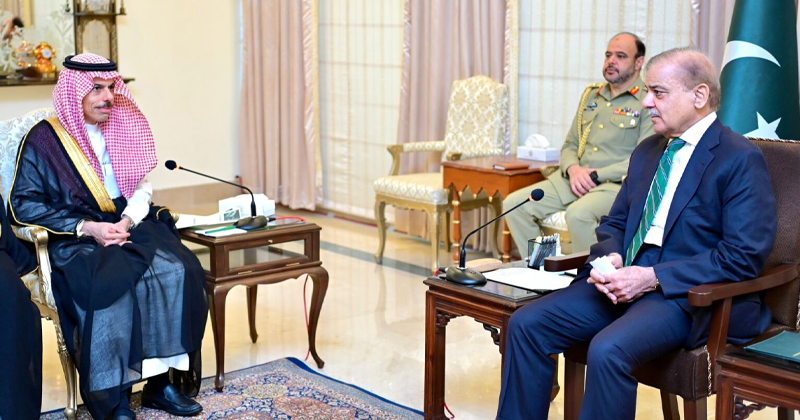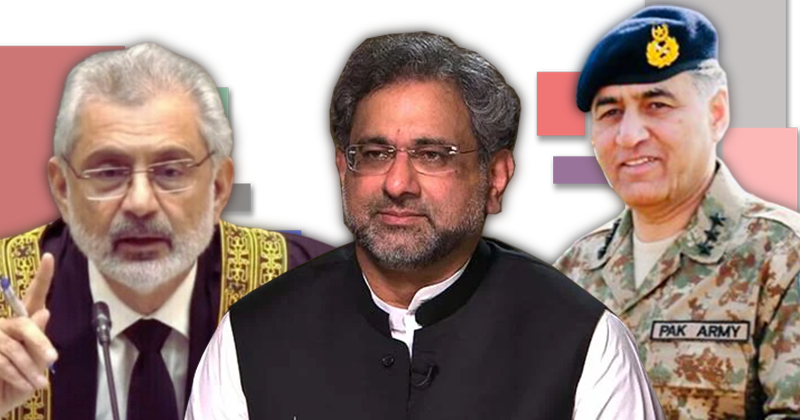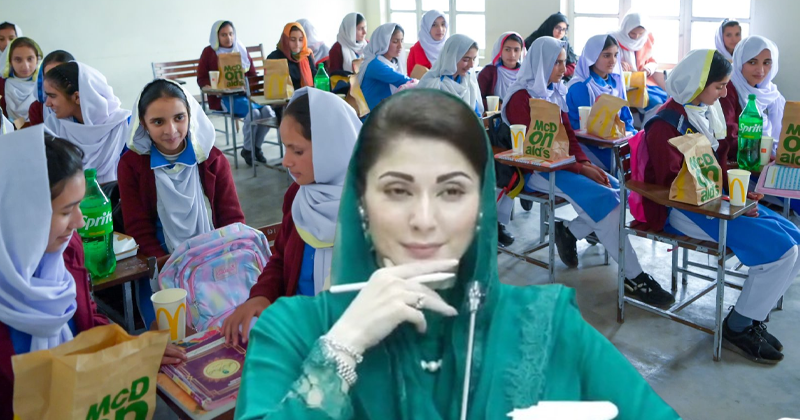Pressure is building on balance of payments (BoP). Many are confusing this with the situation last witnessed in 2016-18. This is akin to comparing apples to oranges; it would be better to compare the current situation with what happened in 2007-08 and learn from the mistakes made during that cycle.
The current situation is not a consequence of economic overheating. In 2016-18, interest rates were kept low, and currency was overvalued to boost import-based domestic demand. The commodity price cycle was in favour of importing countries (such as Pakistan). The magnitude of adjustments could have been lower in 2018-19 had the central bank leadership in 2016-18 acted with prudence. In 2007-08, there were little signs of economic overheating as monetary policy was balanced and both current and fiscal accounts were in better shape (before 2007-08). It was primarily a fiscal and, politically-led decision to keep energy (petroleum) prices low that fueled balance of payment (BoP) crisis at that time.
Some parallels can be drawn today with the situation in 2007-08. All the international commodity prices – energy, fertilizer, chemicals, metals, among others were increasing exponentially in 2007-08. The situation today is not vastly different. At that time, the Musharraf government took a position to not pass on the impact and started doling out subsidies on petroleum prices. The situation thus spiraled out of control. A similar trend is expected in 2021-23. The government is not passing on the impact on to consumers, in anticipation of normalization of prices.
There is high degree of uncertainty whether prices will normalize anytime soon. They did right after 2007-8 crisis; but by that time the damage was already done. It is important that the same mistakes are not repeated in 2021-23. Prices are most likely to normalize but the exact timing is obviously uncertain. It may take 3 months or a year (or even more) for prices to return to equilibrium levels. It is critical for the relevant authorities to manage the situation in the interim with patience and prudence. An inability to exhibit patience will result in unnecessary pressure on the central bank. Currency is depreciating, and if prices remain high without the burden being shared by the consumers, a time will come when monetary policy would be forced to adjust sharply. This crisis can be averted if Islamabad implements the right energy pricing policies.
On the fiscal side, FBR is performing well. Provisional collection by FBR stands at Rs410 billion, exhibiting a growth of 36.5 percent and surpassing the target by Rs68 billion. According to reports in the electronic media, more than half of FBR revenues collected during July were collected at import stage. GST on domestic sales tax grew by 25 percent and income tax by 30 percent. This implies that both economic activities are picking up and imports are likely to be close to $6 billion in July. Performance of FBR is upbeat. But there are serious shortfalls on non-tax revenues – mainly in petroleum levy (PL).
The government is not passing on the impact of increasing oil prices to consumers. The consumption is growing exponentially. PSO sold over 50 million liters of motor gasoline (petrol) in July which is 27 percent higher than average monthly sales during last six months. The government is compromising on PL to keep consumer prices low. People are spending. This is fueling import bill and boosting FBR revenues as GST is collected on every litre sold. Similarly, FBR revenues are growing across the board due to higher economic activities and growing international commodity prices – higher the price, higher is the tax.
On the other hand, growing imports value and volumes are becoming a headache for the central bank. Managing external account is its domain in the form of currency and interest rates movement. The institution had a tailwind in 2020-21. In early days of Covid-19, international commodity prices were low, and overall current account was in Pakistan’s favour.
As a result, current account remained in surplus for almost a full year. After initial shock currency also started to appreciate. Hot money flows were fast replaced by more stable RDA flows. At that time, Ministry of Finance’s (MoF’s) performance was not good. Now the wind has changed direction. FBR and MoF are becoming star performers while the central bank is coming under pressure. Current account is slipping, and currency is experiencing pressure as well. It will be interesting to see how SBP team reacts to this headwind.
All the authorities – SBP, MoF and cabinet – need to be on the same page to prevent a crisis. Market and banks need to realize that this balance of payments pressure is not due to economic overheating. Thus, massive currency and interest rate adjustment should not be implemented. The key issue is with energy mispricing and that needs to be resolved to ensure macroeconomic stability.
Pakistan needs economic growth. For that to materialize foreign exchange reserves need to be build. Misplaced exuberance in consumer growth needs to be kept in check and more importantly IMF support needs to materialize as quickly as possible to ensure much-needed multilaterals’ flows. Islamabad does not have a lot of time to spare; it must act now.
The IMF has two main issues. One is tax revenues and the other is energy mispricing and its impact on non-tax revenues and circular debt. On tax revenues, MoF is in full control. It has a bit of negotiation room to bring IMF back. On power sector, government needs time and growth momentum. Increasing prices today can kill the economy. It must not let the gas circular debt grow, and more importantly, maintain PL on petrol and diesel at desired levels.
In 2007-08, the government was giving subsidy on petroleum products. PDL was converted to petroleum differential claim (PDC) – a subsidy. The government kept on giving subsidy from Feb 2007 to Oct 2008 and the PDC peaked at Rs37 per litre in Jun-July 2008. Right now, the PL is almost zero. If the international prices go up, this can turn into subsidy at current prices. That will be a disaster in making. The government will keep on losing revenues and imports bill will grow due to unabated demand. And eventually, it must be dealt with a shock. Not healthy.
A better option is to slowly start increasing petroleum prices every fortnight to build revenues and check on demand. If the currency must depreciate, subsidy may be needed even at current prices. The government should not wait for global oil prices to normalize. Rather, it is better to adjust to global reality to avert another 2007-08 in 2022-23.
Source:
https://www.brecorder.com/news/40110368
Here is the actual situation narrated by an actual economist.


